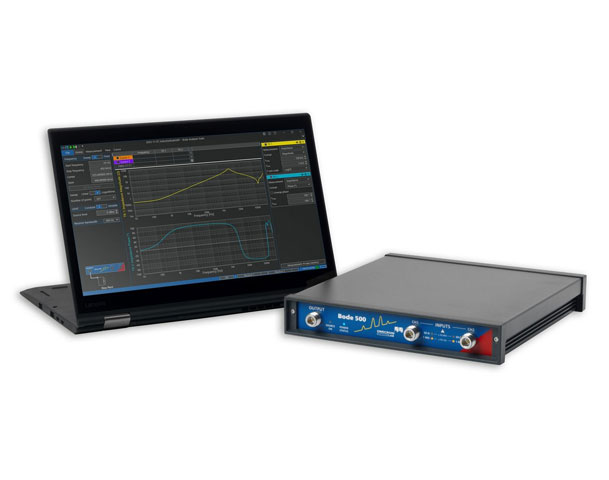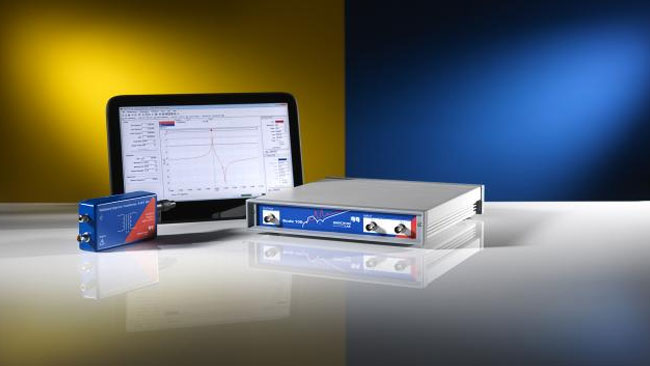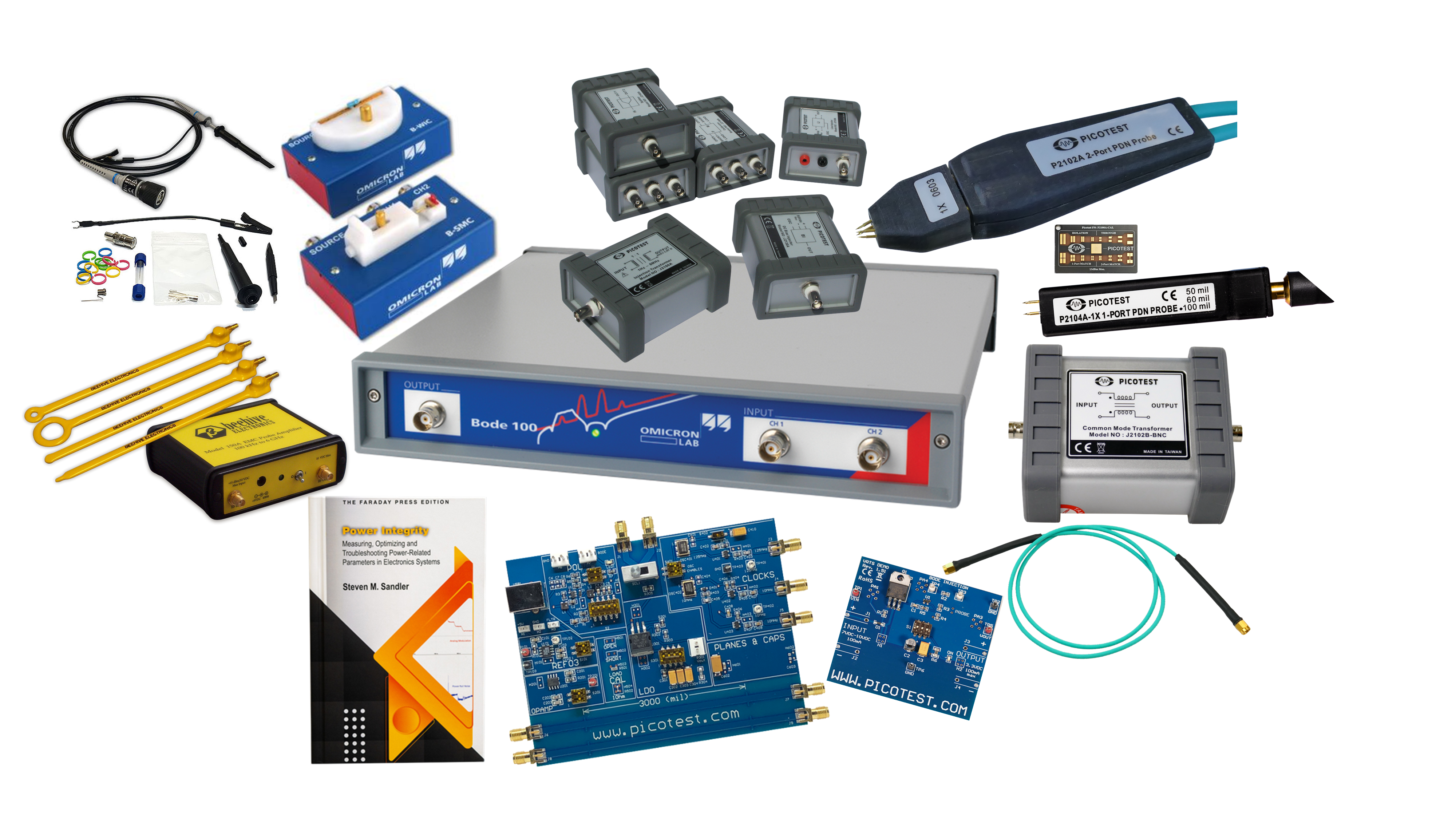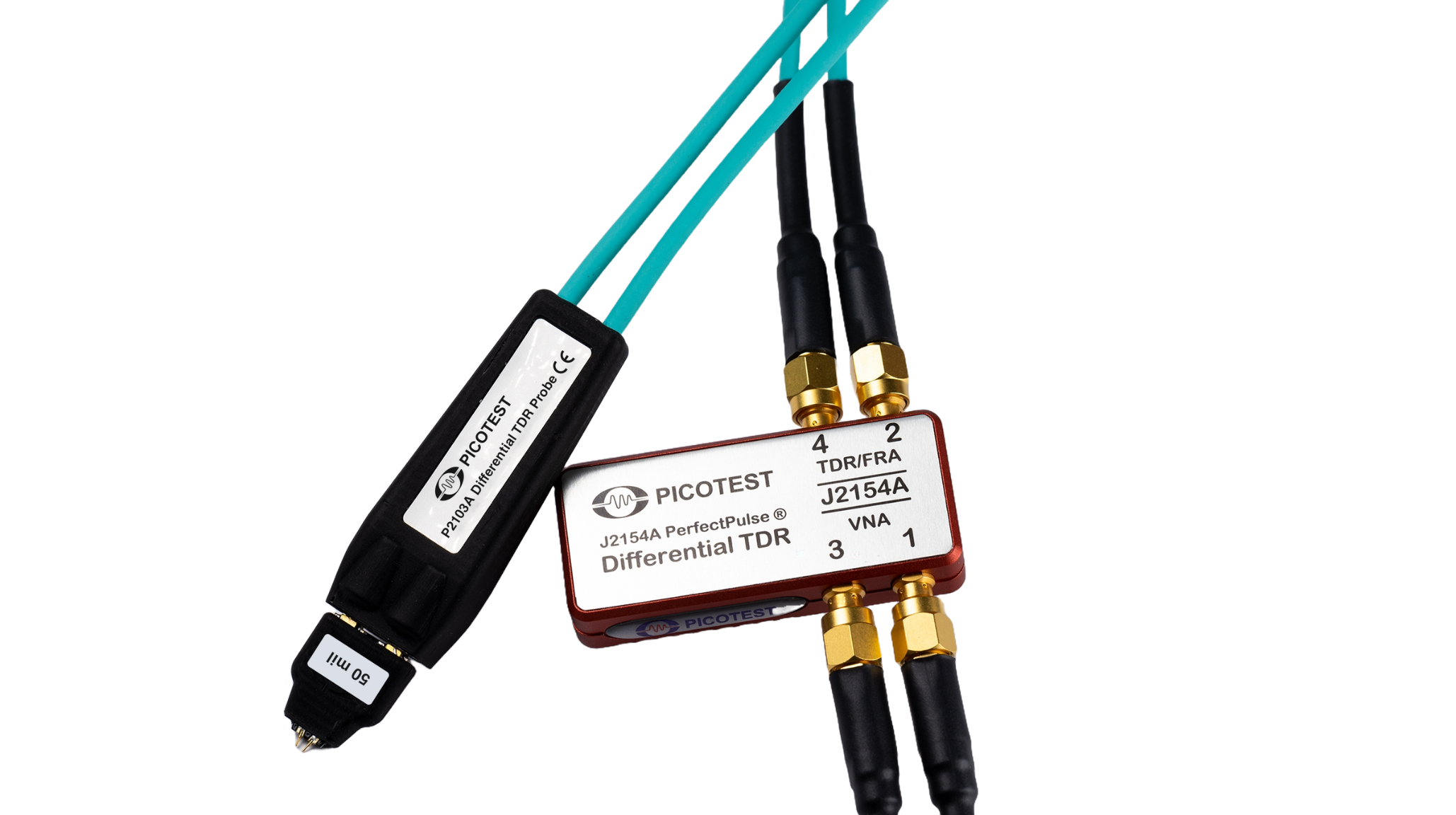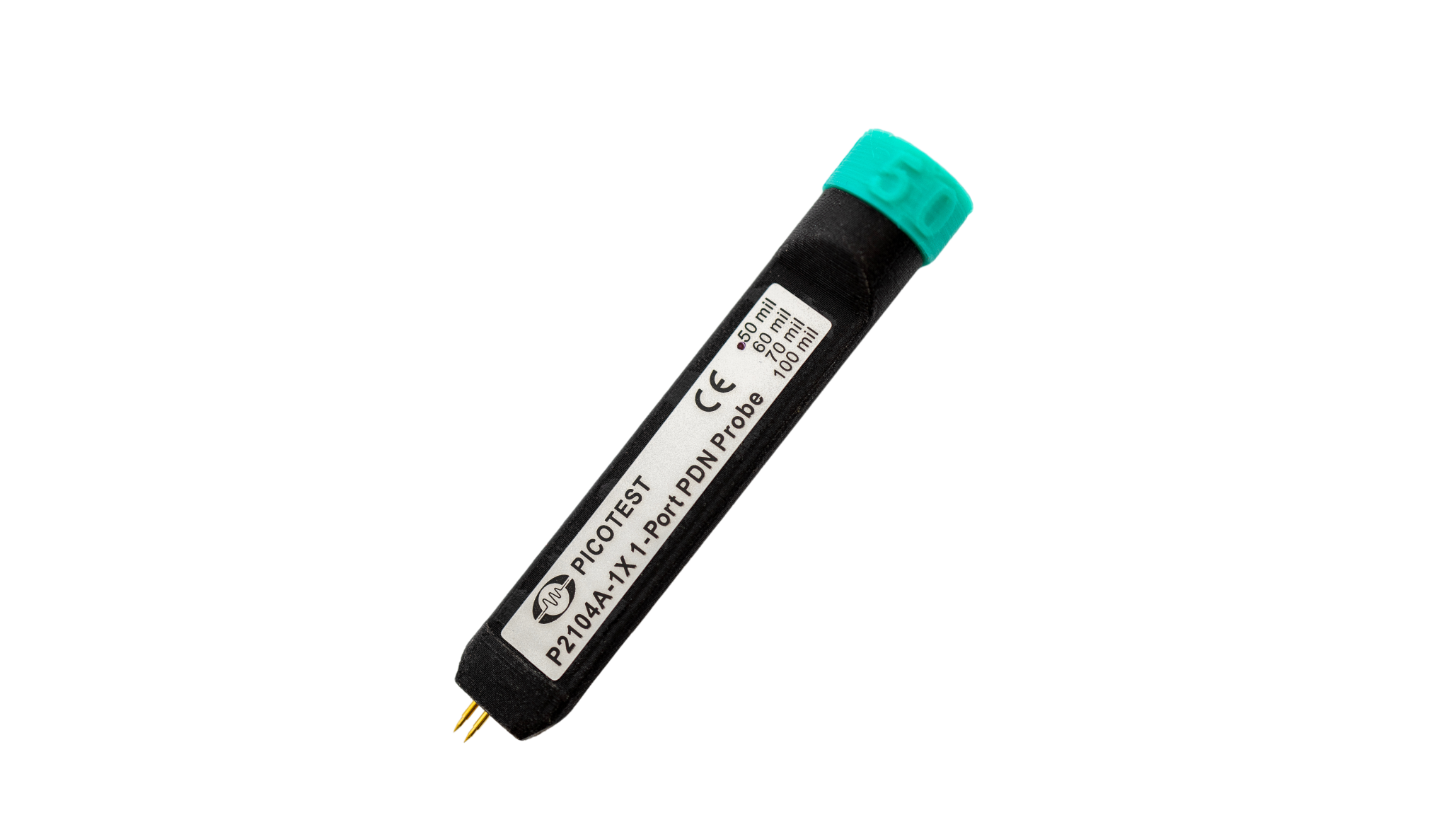 Avoiding common pitfalls will get you better data with minimum effort. Steve Sandler takes a look at four common scope mistakes and shows how to avoid them. This part considers the time scale.
Avoiding common pitfalls will get you better data with minimum effort. Steve Sandler takes a look at four common scope mistakes and shows how to avoid them. This part considers the time scale.
The engineering community uses oscilloscopes more than any other piece of equipment, yet many of the published results are questionable at best. Some errors are very common, so we can eliminate a great deal of bad data by considering a few simple but key points. This final part of a four-part series covers choosing the wrong timebase.
One limitation of oscilloscope measurements is the linear timebase. The linear time scale does have its advantages, but it requires us to know where to look. The example below shows the same image taken with two different timebase settings and two different amplitude settings. If we look at the step load response of this POL at 2 mS/div, we see a very well-behaved device with a peak excursion of only 5 mV and a well-behaved recovery. In the second image, recorded at 200 mV/div and 200 mS/div, we can see the 5V output has peak excursions of nearly 1 V. The logic powered by this regulator will fail to operate at 4 V, because the voltage is too low, and could destroy the circuit at 6 V, which far exceeds the absolute maximum rating of 5.5 V.

